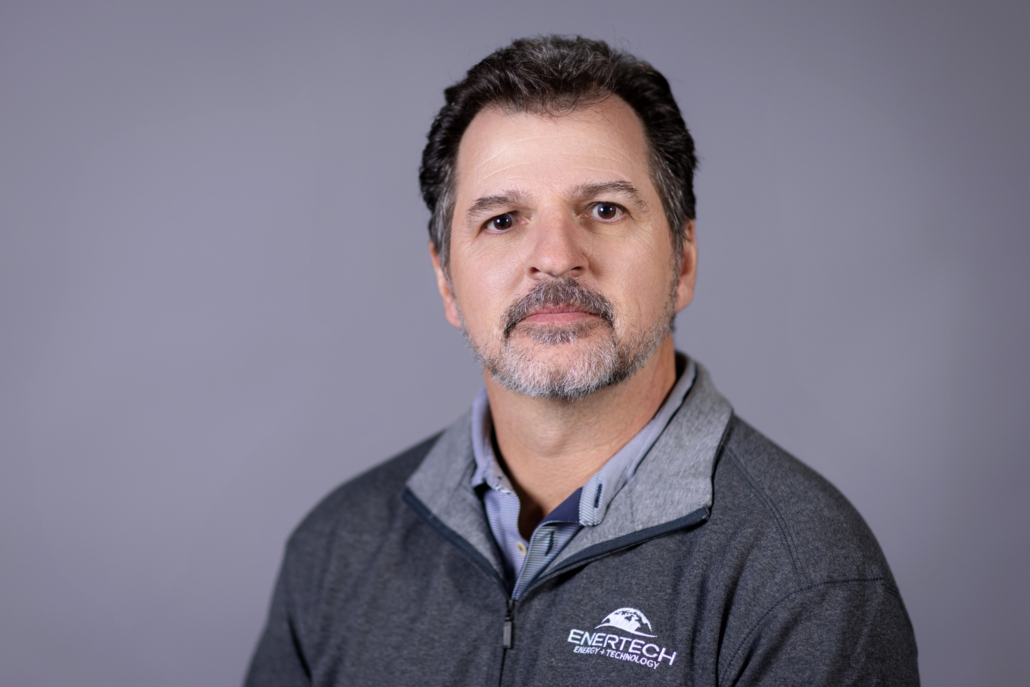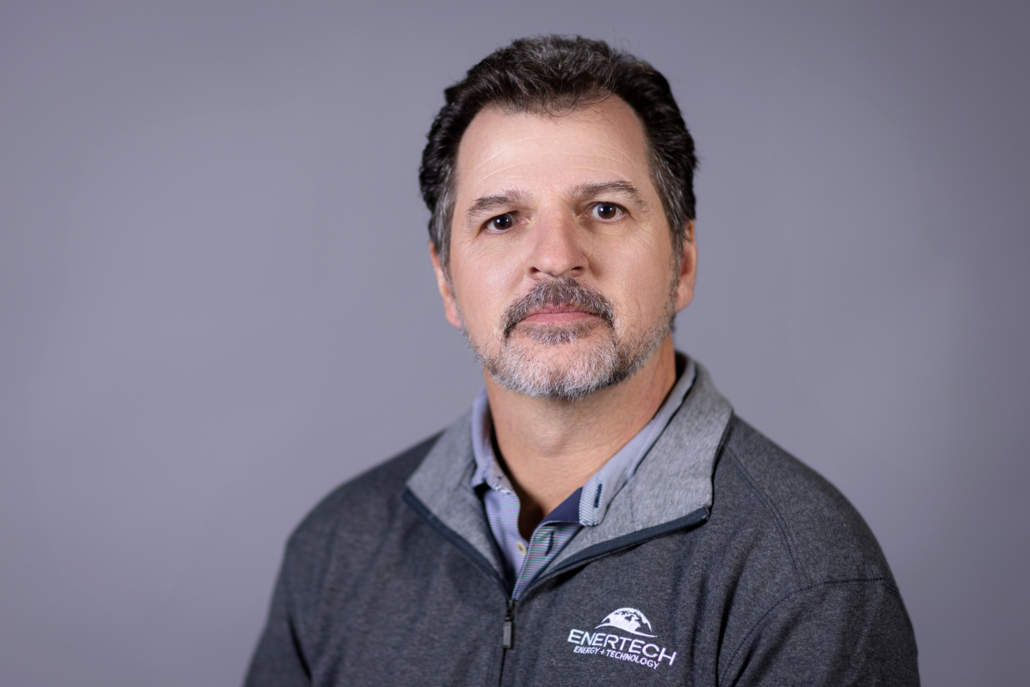JOB POSTING
TITLE: PROGRAM MANAGER
GreenHome Institute Overview
The GreenHome Institute (GHI) is a 501(c)(3) non-profit organization with a mission of “Empowering people to make healthier and more sustainable choices in the renovation and construction of the places we live.” GHI was established in 2000 and primarily operates virtually throughout the US and other locations throughout the world. GHI provides project consultation services for housing professionals and consumers for single or multifamily residential housing renovation or new construction development.
For more information, please visit our website: https://greenhomeinstitute.org/
Program Manager Position Summary
GHI is seeking candidates for the full-time position of Program Manager. The selected candidate will be responsible to manage GHI’s residential sustainable build program in compliance with USGBC, GreenStar, Enterprise Communities, and US Department of Energy policies and procedures. The Program Manager will assist the Executive Director achieve fund development goals. The Program Manager will also be responsible to conduct outreach with the intent to improve public policy and legislation in support of sustainable housing development.
Working under the supervision of the Executive Director, the Program Manager will have the following qualifications:
- Bachelor’s degree
- At least three years of related home construction experience.
- Be a credentialed LEED for Homes Accredited Professional and LEED for Homes Green Rater or able to earn LEED for Homes Accredited Professional Certification within 1 year of hire.
- Ability to learn and quickly become conversant on changing technology and trends in the green home building industry.
- Ability to work independently, operate remotely, meet deadlines, and maintain accurate records, and develop and present program reports.
- Ability to balance multiple projects, update on progress, and communicate progress to the Executive Director.
- Ability to work effectively within the building industry and be skilled at communicating effectively with diverse members, sponsors and interest groups.
- Ability to collaborate with community members, government agencies, elected & appointed officials and other stakeholders.
- Expertise at online file management systems and online webinar platforms.
- Explore and recommend available improved technology platforms, as needed.
- Excellent verbal, written, communication and presentation skills.
- Possess strong time management skills.
- Excellent MS Office Suite skills, Dropbox, and ability to learn additional software as needed.
- Willingness to travel.
Salary and Benefits
The salary range for the Program Manager is $45,000 to $60,000 annually, plus stipends for healthcare, professional development, and technology support. Reimbursement for travel, lodging, meals, etc. is also provided.
Application Process
Interested candidates may submit their résumé and cover letter by 9.7.22 to:
José Reyna, Executive Director
GreenHome Institute
jose.reyna@greenhomeinstitute.org
Subsequent to receiving candidate materials, interviews will be scheduled for qualified candidates with a goal of selecting and extending an offer for hire by September 9, 2022.
JOB OBJECTIVE OVERVIEW
The Program Manager will oversee manage GHI program offerings and outreach in support of the GHI organizational mission. Under the direction of the Executive Director, general work responsibilities will include, but are not limited to management and administrative support for sustainable build projects, organizational outreach and public advocacy, and other duties in support of the organizational mission.
ESSENTIAL FUNCTIONS AND RESPONSIBILITIES
Administration of Sustainable Build Programs
- Remain current with residential sustainable build industry knowledge, non-profit sector and/or low-income housing regulations.
- Present knowledge in a wide range of mediums to reach diverse audiences via meetings, conferences, seminars, and webinars.
- Responsible for social media outreach for sustainable build program services and public policy and advocacy related information.
Administration of Sustainability Certification Programs and Other Programs
- Maintain relevant Green Build credentials as defined by governing agencies.
- Serve as a Green Rater, as defined by Executive Director.
- Responsible to follow USGBC policy and procedure guidelines for project administrative support, Green Rater service, and communication with USGBC as a LEED Provider Organization.
- As Green Rater, responsible to follow USGBC process and procedure guidelines and communicate to and through the Primary Quality Assurance Designee (QAD).
- Follow and execute the USGBC guidelines Green Rater procedures, maintain accurate records of and provide regular, detailed progress reports to the Executive Director.
- Responsible to work in conjunction with Green Rater staff and consultants to review their work in compliance with USGBC guidelines, assist with project Green Rater scheduling and verification, live or virtual, and provide assistance with technical questions.
- Responsible to develop, implement, and evaluate success of all programs in support of the GHI organizational mission.
- Oversee the GreenStar Homes certification tool and the Zero Energy Capable program, and make recommendations for improvement as needed.
- Responsible for Green Build certification duties, including but not limited to the following:
- Administration, project consulting, rater, facilitator, project team relationship management, and ensure project quality assurance.
- Participate in regular program meetings, prepare and distribute communications to Green Raters, and prepare annual report for program agencies. Under the direction of the Executive Director, assist to fulfill the GHI Strategic Plan and mission for future growth and success of the organization.
Fund Development Responsibilities
Fund Development revolves around three primary areas in relation to GreenHome Institute operations. The Program Manager will work with the ED responsible in establishing fund development, financial, and program impact goals via the yearly budget and strategic planning process.
- Membership Development
- Establish and maintain positive relationships with existing and new members
- Recruit new members
- Manage the membership management system
- Provide membership metrics and reports to ED
- Educate members on membership benefits
- Develop and conduct membership training programs
- Contact expiring or expired members for renewal
- Develop partnerships to add member benefits
- Sponsorship Development
- Establish and maintain relationships with existing sponsors
- Recruit new sponsors
- Establish an effective sponsorship management process
- Maintain sponsorship management system
- Provide membership metrics and reports to ED
- Educate sponsors regarding sponsorship benefits
- Contact expiring or expired sponsors for renewal
- Negotiate sponsorship fees and benefits
- Update sponsorship marketing materials as needed
- Donations – PM will work with ED to
- Manage donations through weekly webinars
- Maintain donor metrics and provide reports to the ED
- Manage, maintain and update GuideStar
REQUIRED QUALIFICATIONS
- Bachelor’s degree and at least three years of related home construction experience.
- Be a credentialed LEED for Homes Accredited Professional and LEED for Homes Green Rater or able to earn LEED for Homes Accredited Professional Certification within 1 year of hire.
- Ability to learn and quickly become conversant on changing technology and trends in the green home building industry.
- Ability to work independently, operate remotely, meet deadlines, and maintain accurate records, and develop and present program reports.
- Ability to balance multiple projects, update on progress, and communicate progress to the Executive Director.
- Ability to work effectively within the building industry and be skilled at communicating effectively with diverse members, sponsors and interest groups.
- Ability to collaborate with community members, government agencies, elected & appointed officials and other stakeholders.
- Expertise at online file management systems and online webinar platforms.
- Explore and recommend available improved technology platforms, as needed.
- Excellent verbal, written, communication and presentation skills.
- Possess strong time management skills.
- Excellent MS Office Suite skills, Dropbox, and ability to learn additional software as needed.
- Willingness to travel.
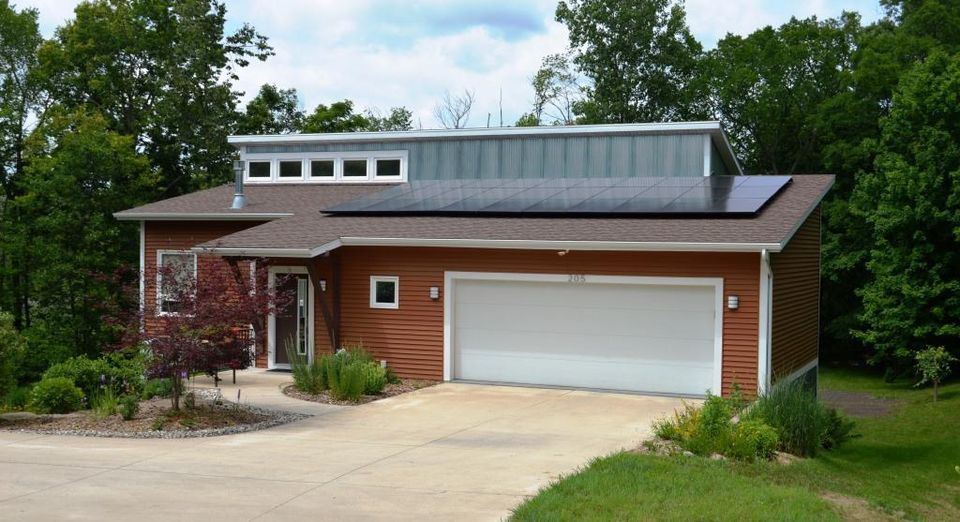



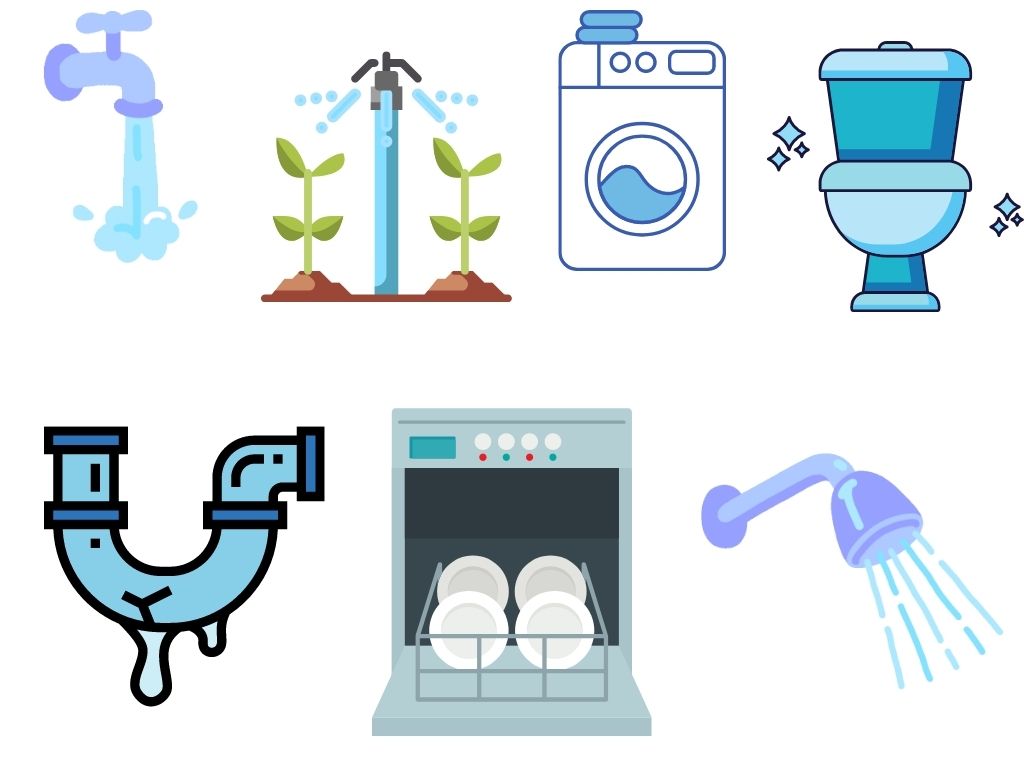

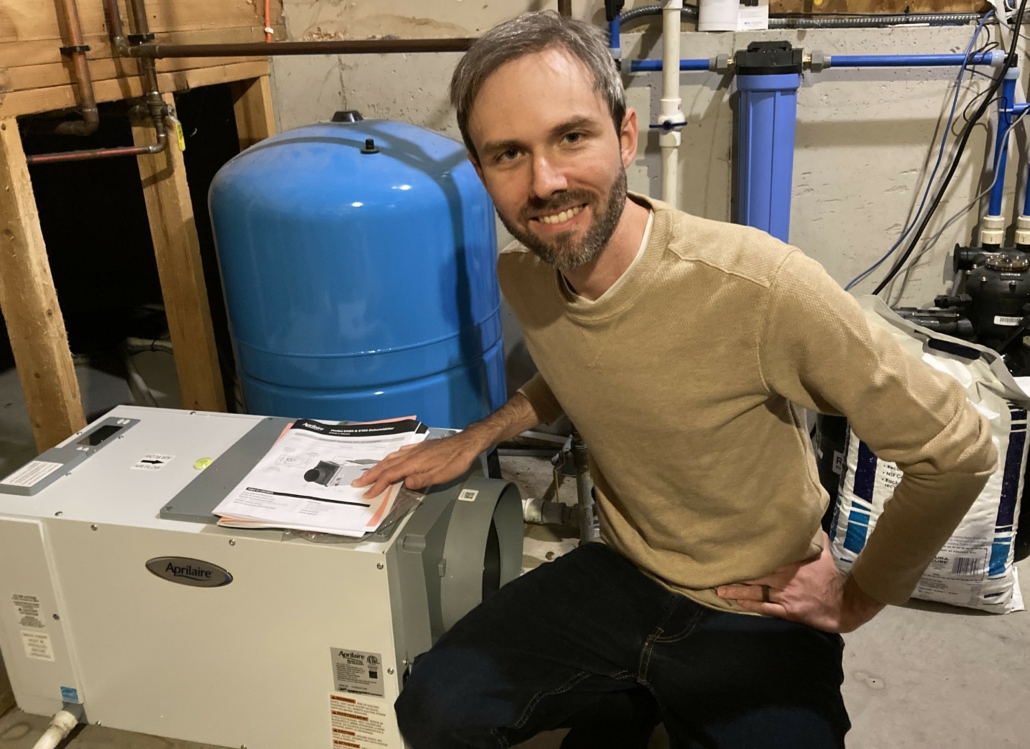
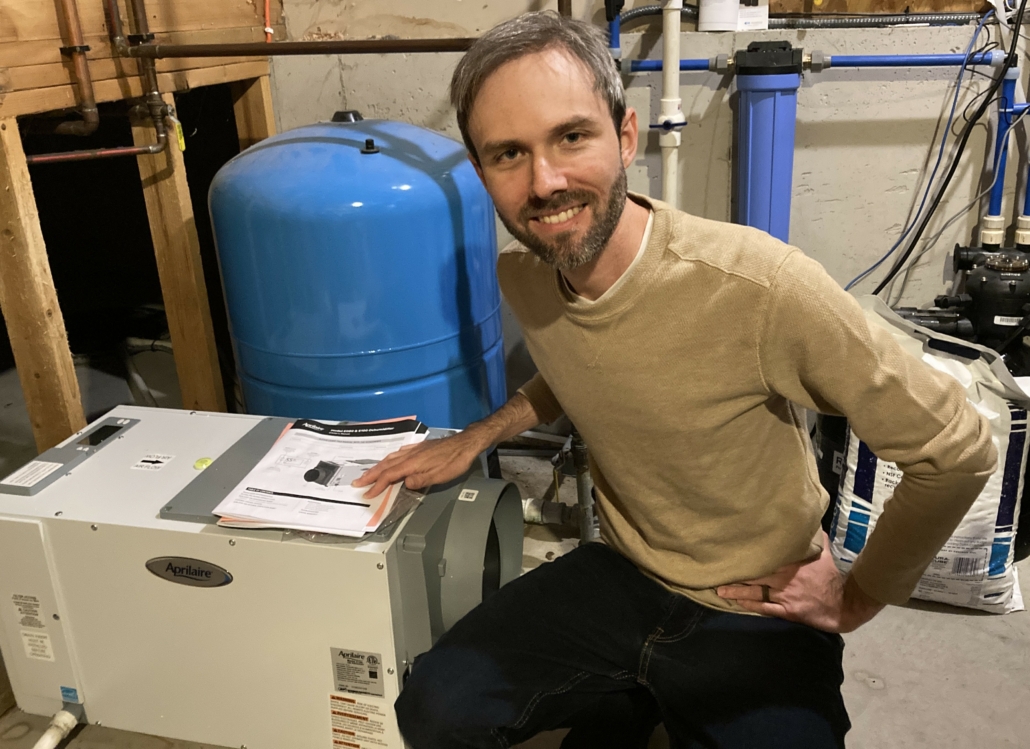
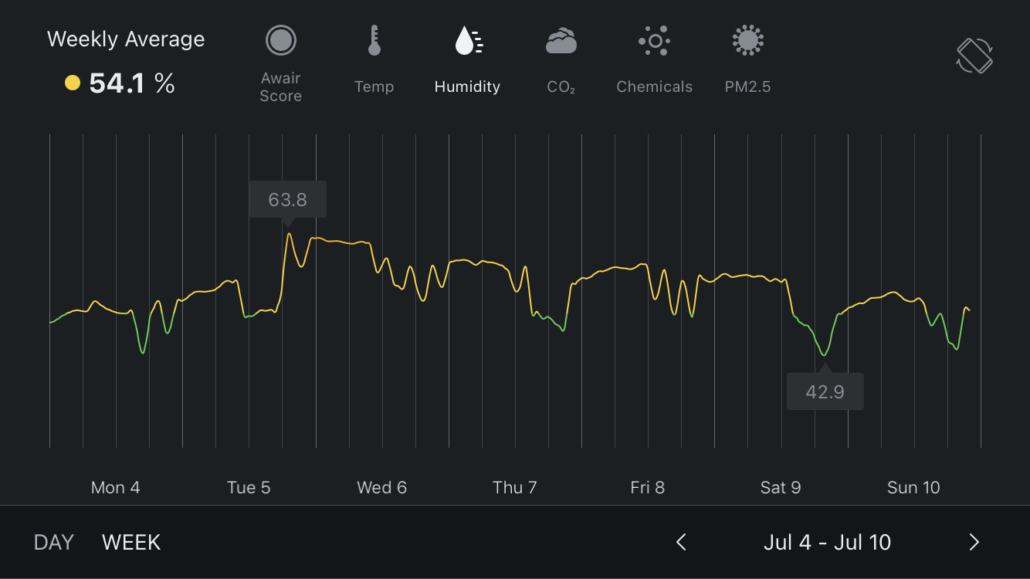

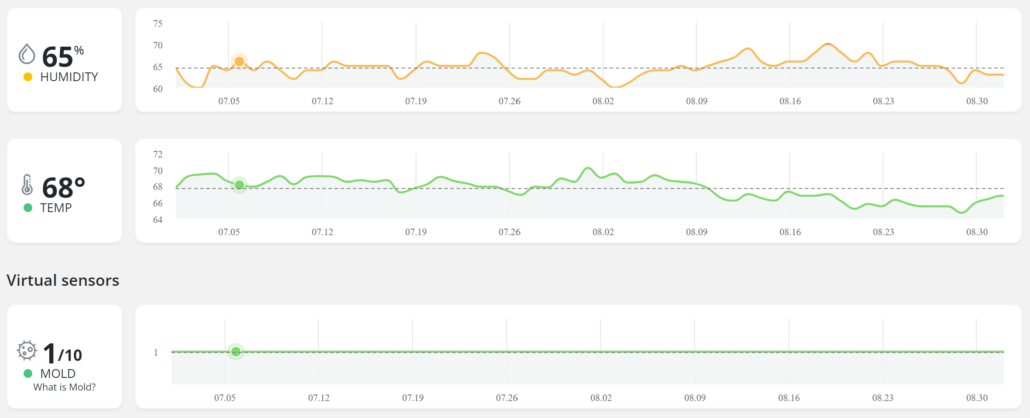


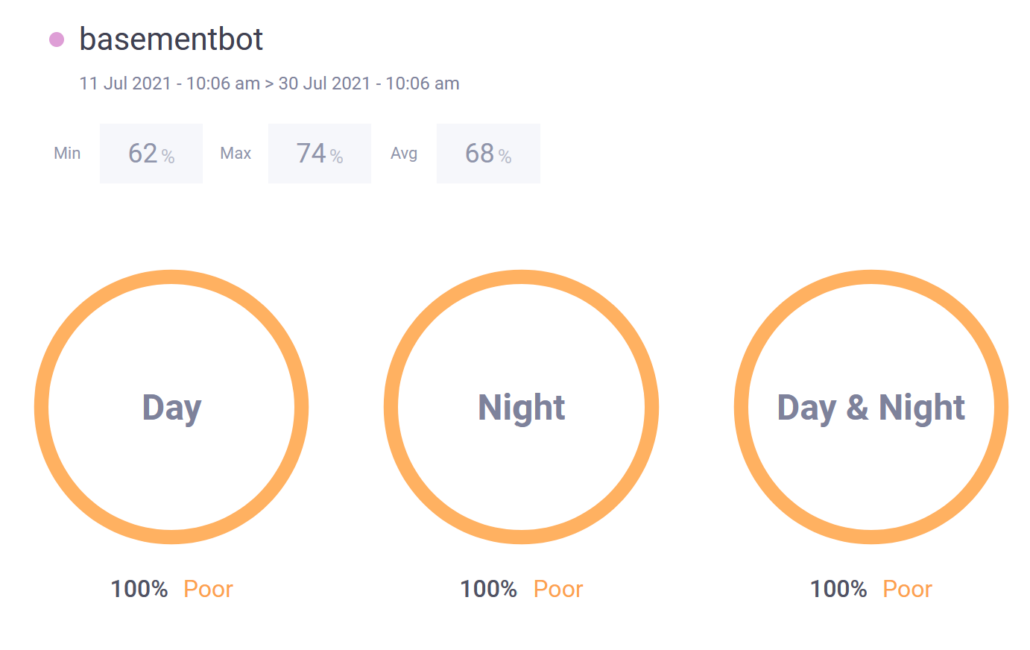
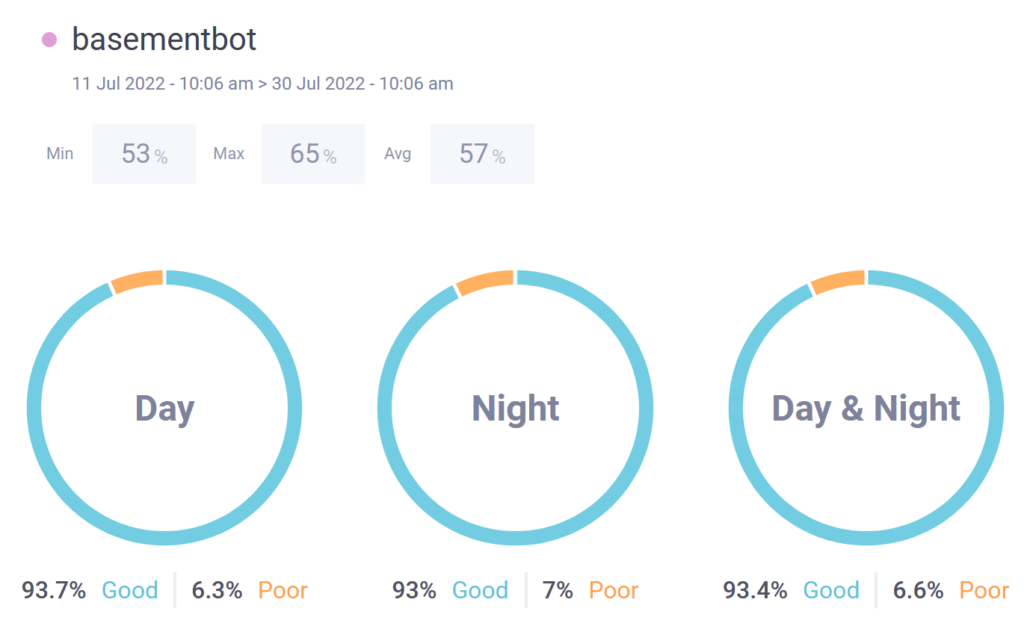
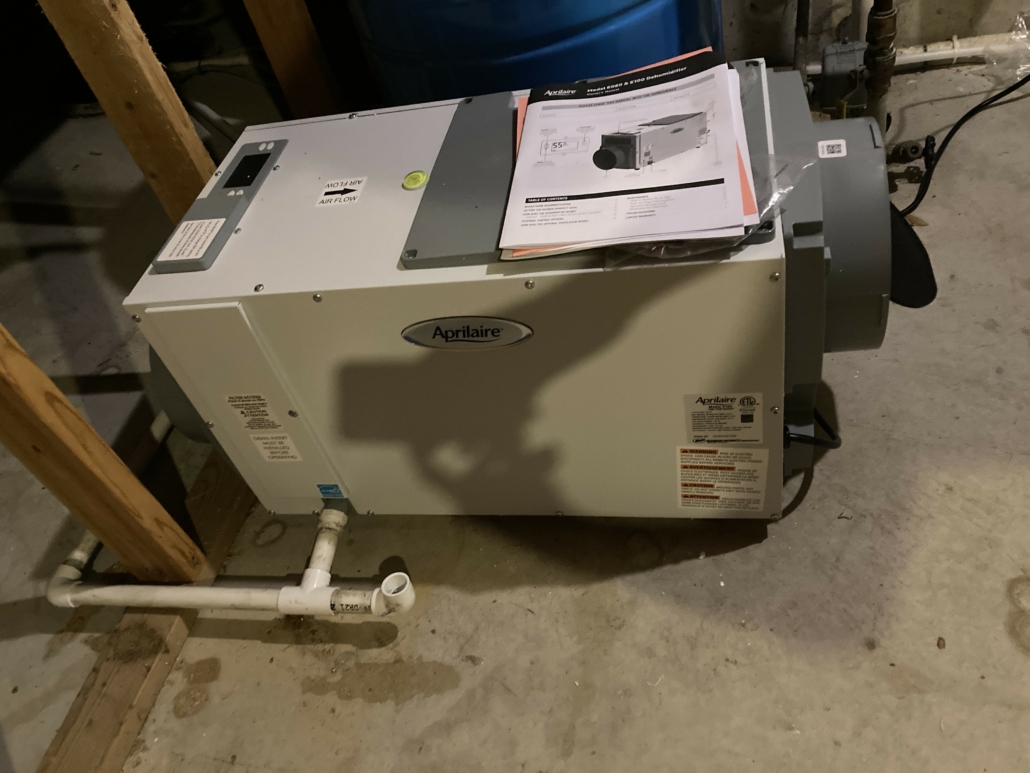


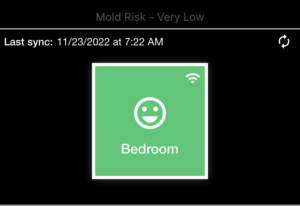
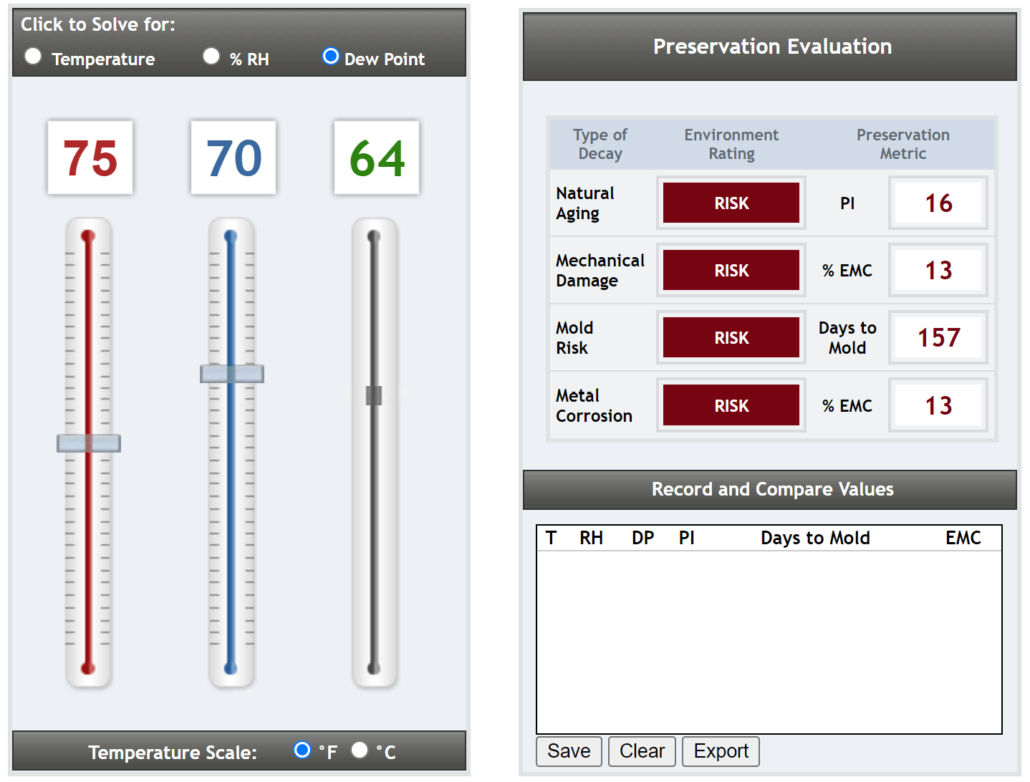
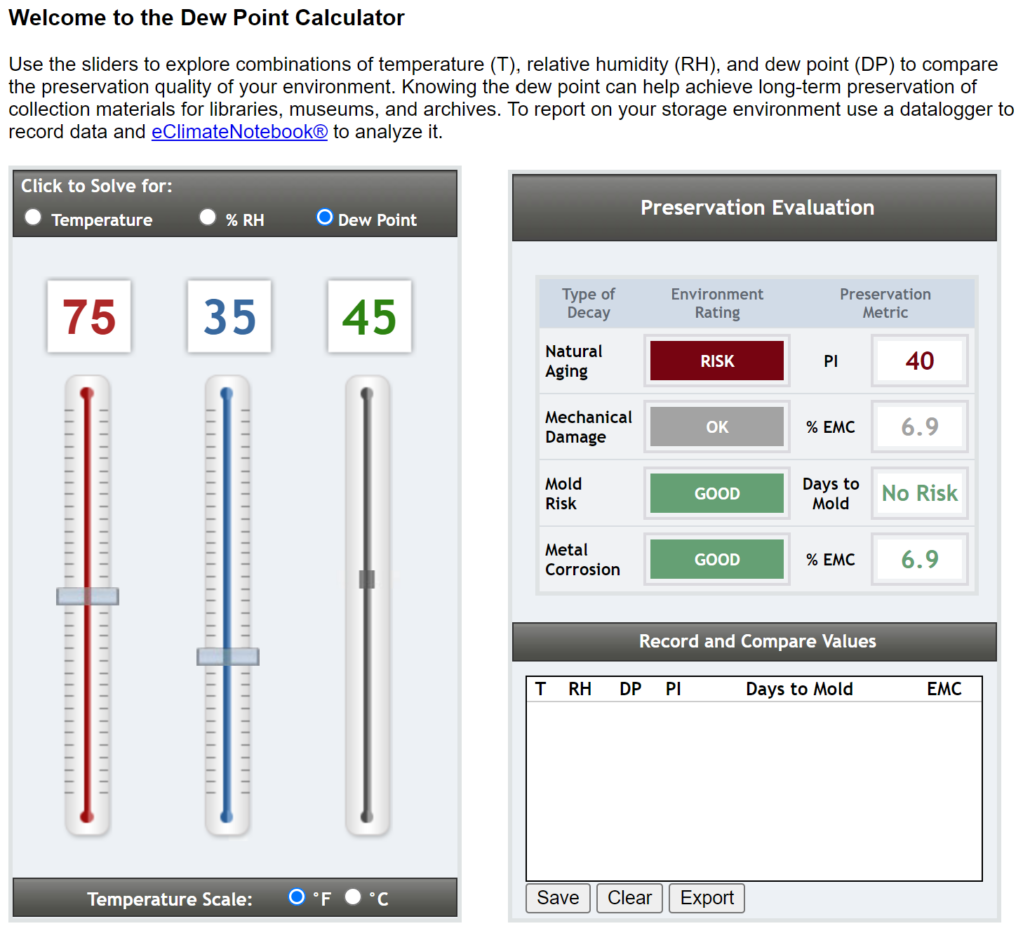


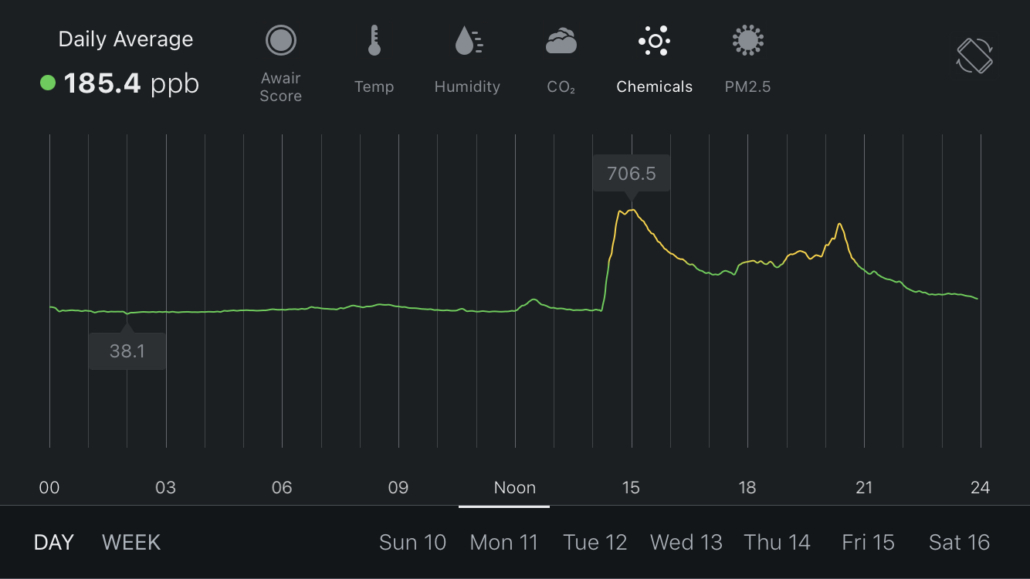
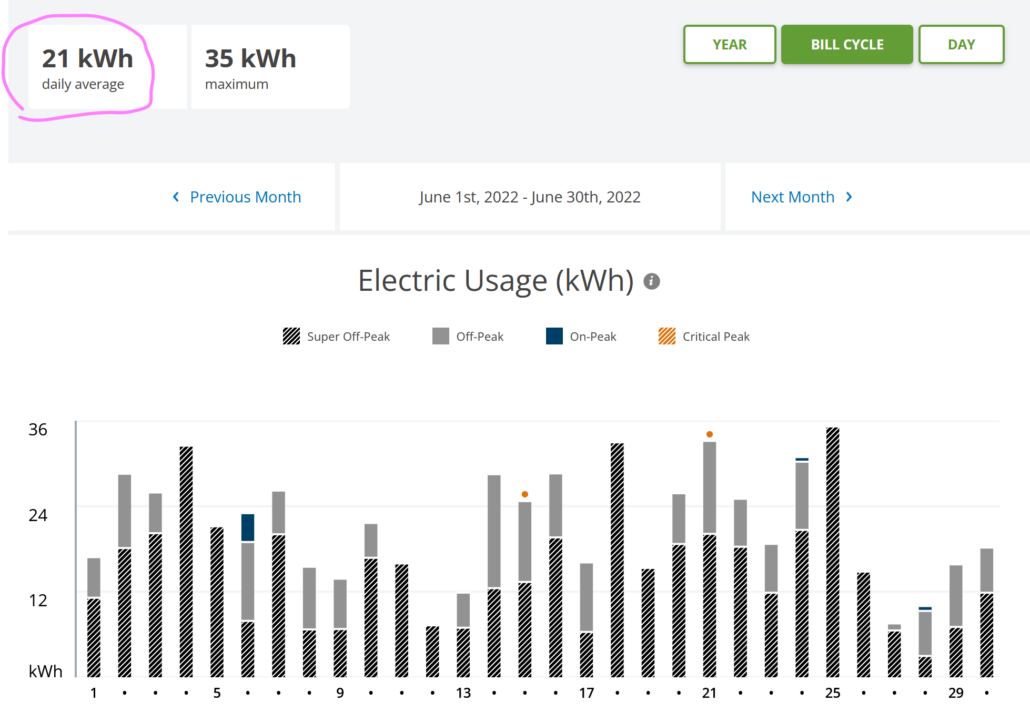
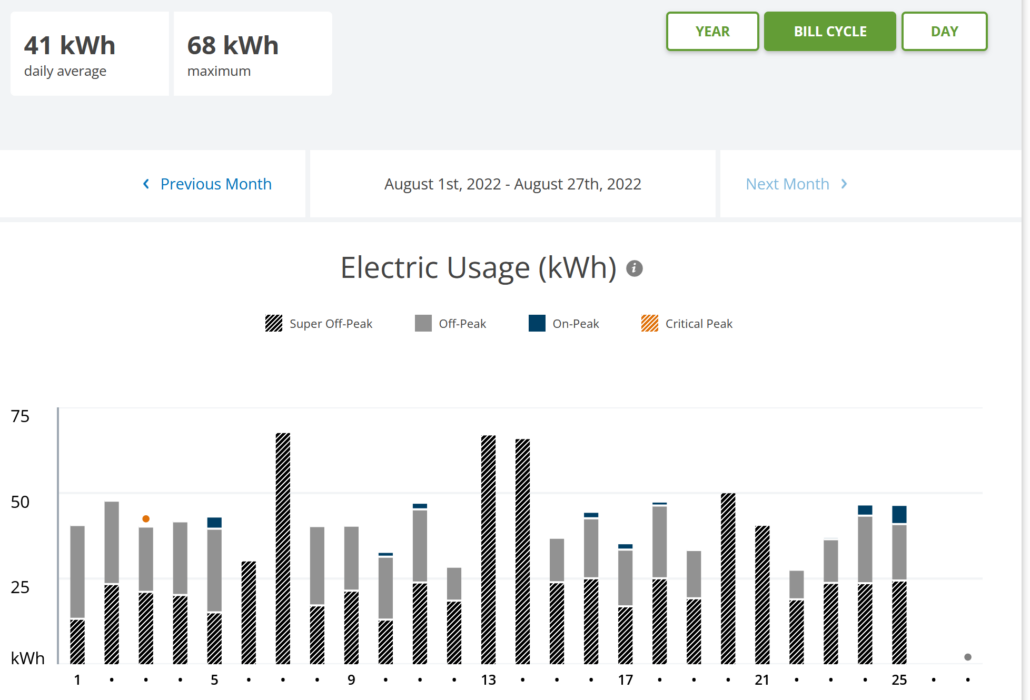
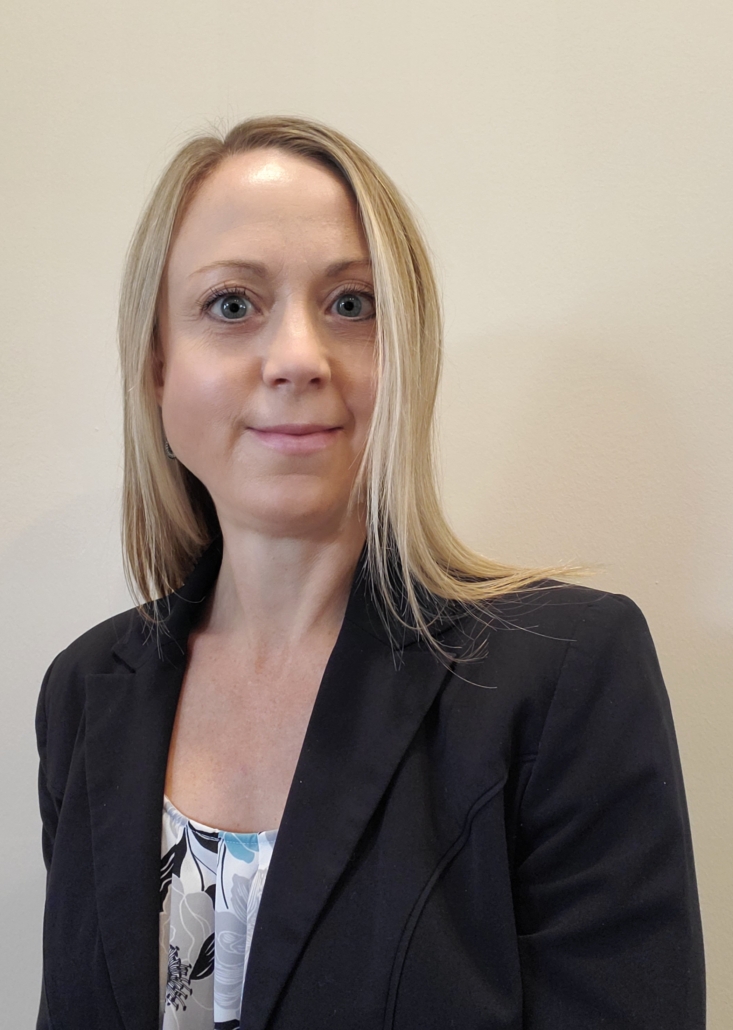
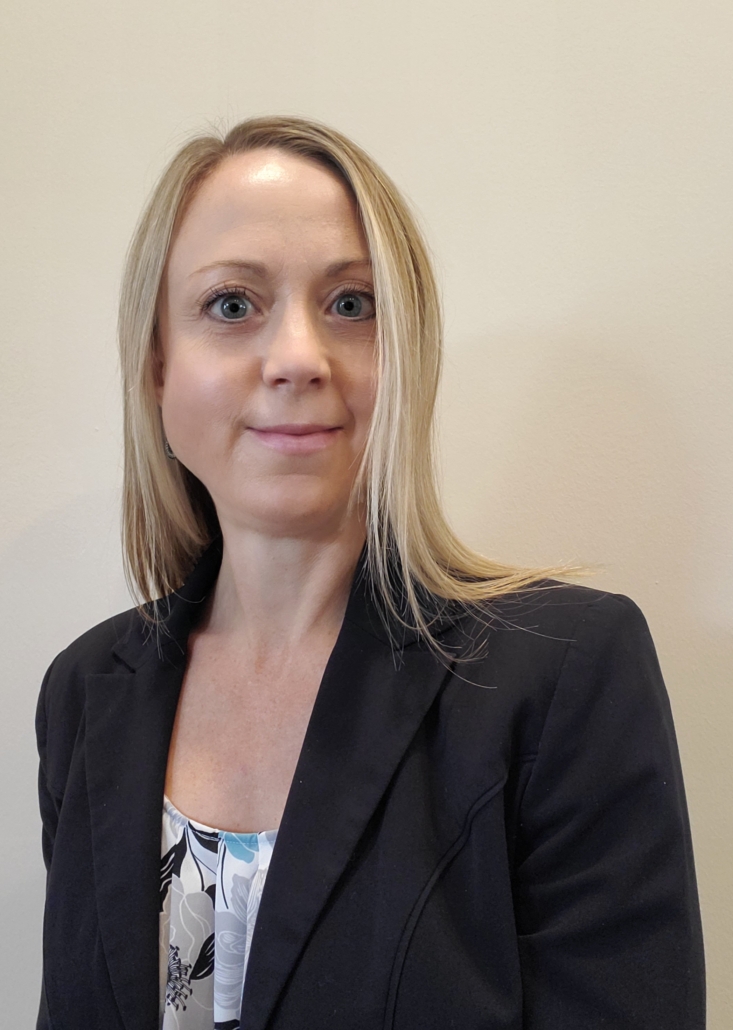 the built environment. After learning about the USGBC’s LEED program as an undergraduate in Aquinas College’s Sustainable Business program, she was intrigued by the effect of buildings on their occupants as well as the natural world. She became a LEED Green Associate, then started a career in real estate. To be better equipped to help buyers and sellers highlight and understand green home features, she became a GREEN Designee through the National Association of Realtors. Still wanting a deeper understanding of building science and how buildings are constructed, she began studying Construction Management at Michigan State University. With a desire to spend more time working toward sustainable building initiatives, she joined the GreenHome Institute as Project Manager. She is excited to continue to develop the knowledge and credibility of a valuable green building professional while making a meaningful impact on the human and natural environment.
the built environment. After learning about the USGBC’s LEED program as an undergraduate in Aquinas College’s Sustainable Business program, she was intrigued by the effect of buildings on their occupants as well as the natural world. She became a LEED Green Associate, then started a career in real estate. To be better equipped to help buyers and sellers highlight and understand green home features, she became a GREEN Designee through the National Association of Realtors. Still wanting a deeper understanding of building science and how buildings are constructed, she began studying Construction Management at Michigan State University. With a desire to spend more time working toward sustainable building initiatives, she joined the GreenHome Institute as Project Manager. She is excited to continue to develop the knowledge and credibility of a valuable green building professional while making a meaningful impact on the human and natural environment.